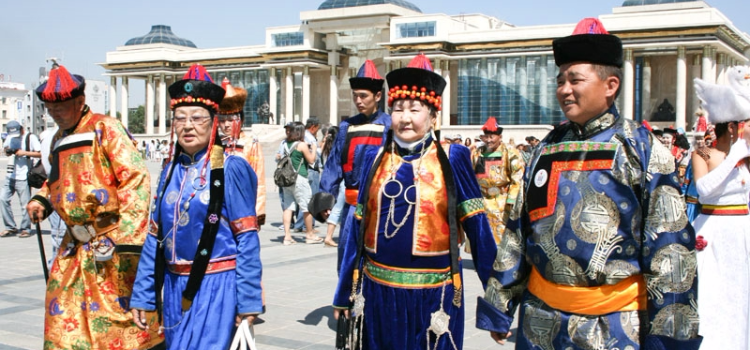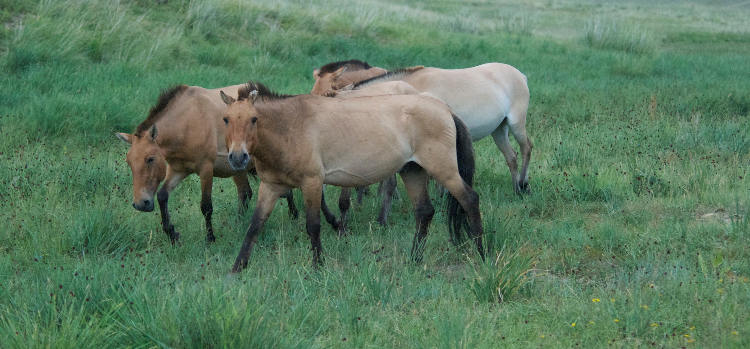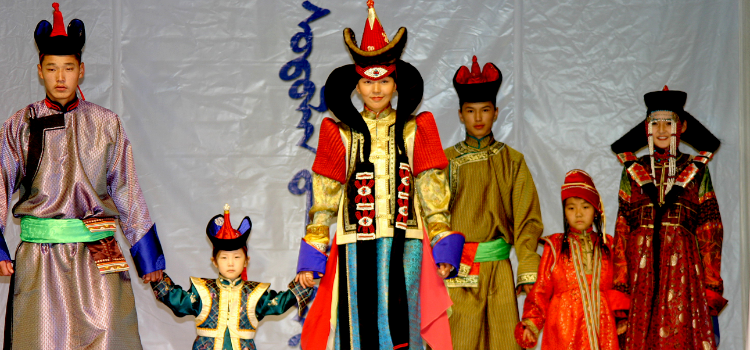04
Posted By : Admin/948
Urtiin duu
A form of traditional Mongolian music in which sung syllables are extended into long, meditational, vibrato notes called shuranhai, and is accompanied by traditional Mongolian instruments such as the morin khuur and limbe.
Urtiin duu as a ritual form of expression associated with important celebrations and festivities holds a special place in the Mongolian society. It is performed at weddings, house warming, celebration of a child’s birth, branding of foals and other social events woven into the life of a herder. Urtiin duu can also be heard at the Naadam, annual celebration of the independence of Mongolia where the “Three manly sports” featuring wrestling, archery and horseracing take place. The rising melody is slow and steady while the falling melody is often intercepted with a lively triple continuant, imitating the pace of life in the grasslands. Performances and compositions of Urtiin duu are closely linked to the nomadic pastoral way of life, which is still widely practised in Mongolia.
Mongolian Khuumii
Khoomii is it's a vocal technique by which performer can produce two or even three separate lines simultaneously. the notes are continued and low made by forcing air through a constricted throat and a series of harmonies made by the tongue which, rolled under the palate, g\uages the breath, producing sounds remarkable similar to those of a flute. the Khoomi singer is able to suppress the fundamental or base pitch and amplify one or two harmonics so that our ears register them as separate tones rather than as one complex tone. It is almost as difficult to describe in writing what khoomi sounds like as it would be to learn khoomi singing from a set of instructions! The end result is that you are hearing one person sing in what seems to be two or three different tones or notes at the same time. It is eerie, and beautiful. The Mongolian Khuumii is registered by UNESCO.
National dance
: Our classical traditional dance is bielgee dancing with music of Mongolian national musical instruments, such as the morin khuur (horse headed fiddle) and yochin. Beilgee is a descriptive dance, actually a pantomime, with the dancer acting several scenes from everyday life of herders, such as milking the cow, cooking, hunting, etc











